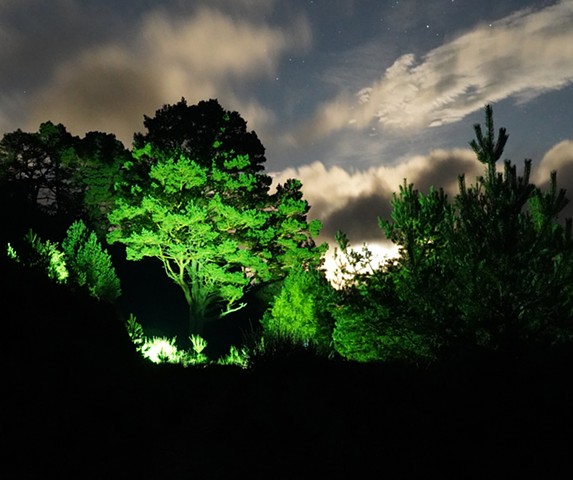Endangered Landscapes and Seascapes Artist Residency - Cairngorms Connect
My ongoing field of research is long term and longstanding, quietly holding questions relating to how creative (artistic, literary, poetic) modes of paying attention might be integrated with other strands of knowledge, including the ecological and historical, in ways that provide insights into the complex and multi-stranded layers, multi-sensorial engagements, and multi-disciplinary languages of landscape and place; ideas of slowness, attention and care; multi-species connectivity, and how a sustained investigation of a particular place – such as the remnant pinewoods of Abernethy can create a multifaceted body of work that holds the multiple registers of place within it. I’ve been delighted, with Elizabeth Reeder and Robbie Synge, to be a part of Endangered Landscapes and Seascapes Programme and their Artist Residency Programme, based with Cairngorms Connect, the largest landscape-scale restoration project in the UK with a 200 year vision; which also happens to cover the area where I live. The residency allowed an expansion of my longer term engagement with this area, which I wrote about in belonging.
The Residency had had a number of outcomes, partly inspired by walking and learning from Cairngorms Connect's ecologists, and rangers and land managers working for Cairngorms Connect's partner organisations; as well as longer term volunteering. Outcomes included imago/ imagines (part of Lightly Tendrils, CCA, 2022) which I was able to create after a night out moth counting with one of Cairngorms Connect's ecologists; Nature, Unseen; footage using the nature cameras around the area and my home (also shown at the CCA, 2022). Other work will follow. More recently, Elizabeth Reeder and I have been running a number of writing workshops and events to create a Commonplace Book, The Cairngorms Kist; a collection of writing, poetry, paintings, drawings, photographs, field notes, thoughts and reminiscences, submitted by people in the Cairngorms area (click on first gallery, below). We hope that there will be other opportunities to create a Commonplace Book every 2, 5, 10 years or so to help mark changes in ecologies, people, communities and hopes.

